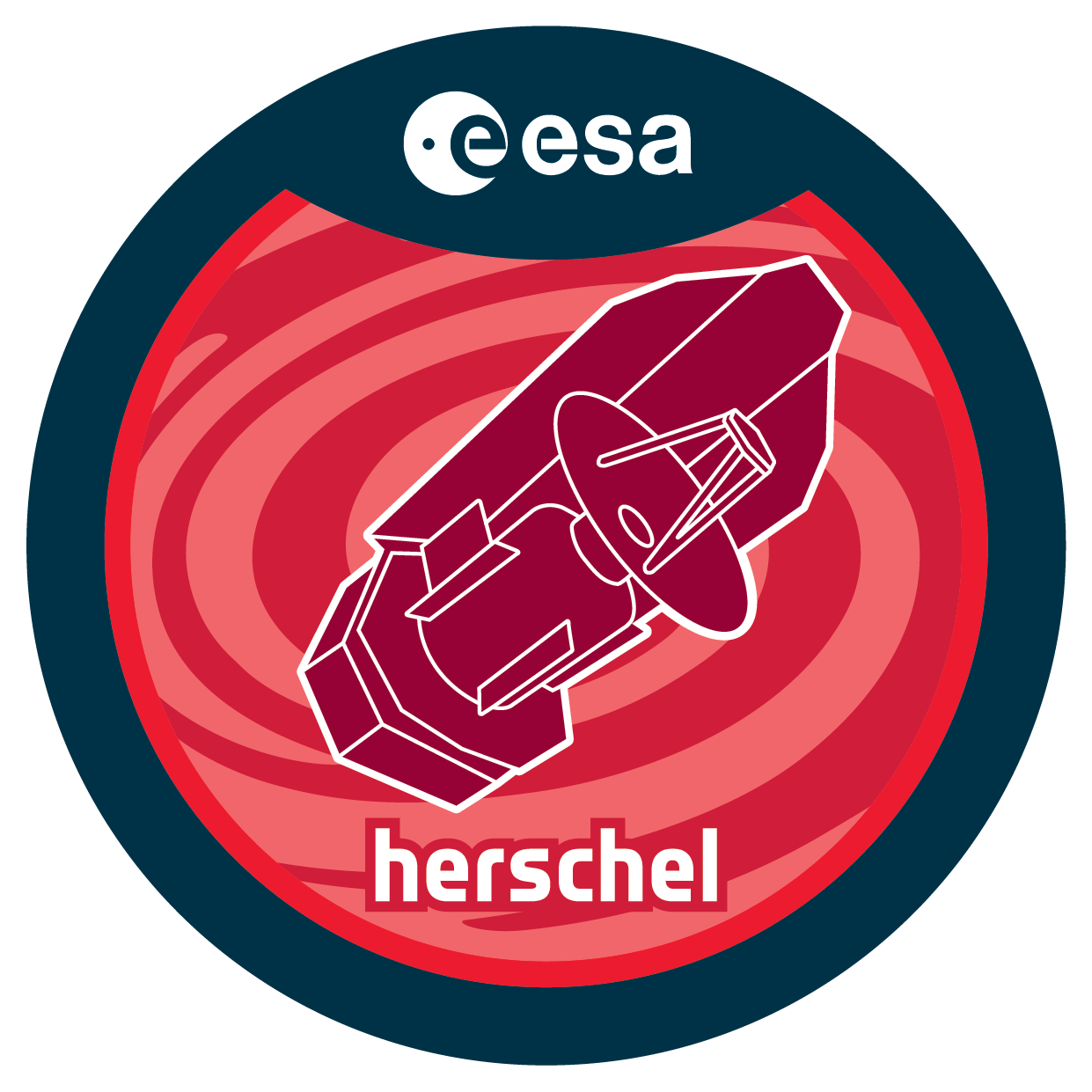| Description |
We propose to carry out a comprehensive study of circumstellarenvelopes (CSEs) around evolved stars, as a HIFI GTKP. The mainscientific aims are to gain deeper insight into the structure,thermodynamics, kinematics and chemistry of CSEs and into themass-loss history of evolved stars, thereby advancing ourunderstanding on the final stages of stellar evolution of the majorityof stars and their resultant impact on the interstellar medium and thecosmic cycle.We will use the unique capabilities of HIFI to probe the inner regionsof CSEs, by means of spectrally-resolved observations of the principalcooling transitions: thermal transitions of H2O, and high-excitationrotational transitions of CO and HCN. Such observations provide uniqueinformation about the shells where the gas temperatures are 100 - 2000K and the material is being accelerated.We propose to observe a set of 38 objects, chosen to sample theparameter space of r^ance for evolved stars and their circumstellarmaterial. For every star, 3 lines of both 12CO and 13CO will beobserved to unravel the mass-loss history. To further unveil theinner structure in the CSEs, observations of different H2O lines arecrucial, since H2O is a key molecule to understand the chemistry, thethermodynamics and the dynamics of the inner CSE. We propose toobserve a carefully-selected list of H2O transitions coveringdifferent excitation degrees, including para- and ortho-H2O lines anda few isotopic lines. The high spectral resolution observations willallow us to determine the velocity field in the warm accelerationregions. With HCN being a major coolant in C-rich CSEs, 2high-excitation lines will be observed in C-rich AGBs to probe thetemperature structure. To further study the oxygen chemistry, we willobtain OH and OI lines from PACS GT data.Finally, we will address the puzzling question of the origin of watervapor observed previously in the extreme carbon star IRC+10216, andsurvey 9 additional C-rich stars for evidence of water. |

